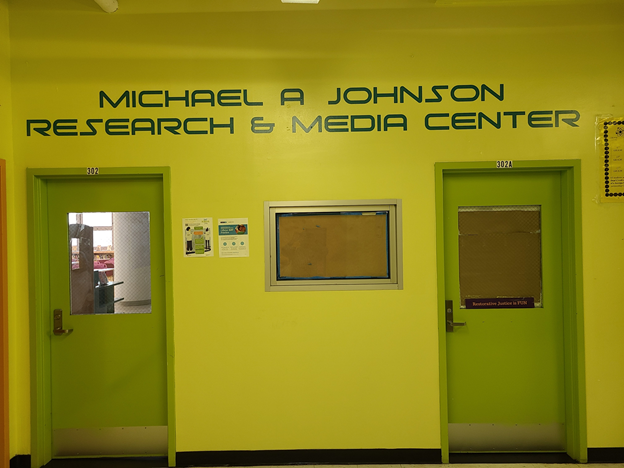“Change the joke and slip the yoke”—Ralph Ellison.
An often news media quoted “liberal education professor” once remarked “that what I was doing was not progressive education” in response to a very positive NY Times article on my (getting kids to successfully pass NYS Regents exams) work as a principal of Science Skills Center High School, Bklyn NY. Of course, many people took offense to his remarks, but my favorite “apologia” was offered by one of my esteemed mentors Dr. Asa Hilliard who said: “Michael’s students are always progressing academically, and so why is it not “progressive education!”
It’s very easy for school-based educators to get distracted and taken “off mission” by outside gibberish. Part of the problem is that everyone who had a K-12 experience is thoroughly convinced that they absolutely know how public schooling should be executed. For sure, we have opened this “everybody has the answer door” by refusing to adopt an ethical “prime directive” that places student needs over adult comfort and employment needs, a no excuses, no blaming parents, communities, or poverty for the reasons we fail to effectively educate so many children (and yet succeed at sending so many of them to prison).
We can also get distractedly caught up in the larger societal political debates (e.g., integration) that have nothing to do with what a school-based team of educators is facing and are required to do for those students arriving to their school building every day. We educators can’t bring societal racial integration into reality, solve the problems of a broken national immigration system, eliminate poverty, etc. All that we can do is educate the young people sitting in our schools to the best of our courage and abilities. But for too many “liberal” or “conservative” actors, public education is a platform for political war games; however, for the dedicated professional educators working in the trenches, it’s their life work and sacred called service. After all, real (not theoretical) children’s lives are at stake, and we must protect them from the collateral learning damage that various political warring factions would inflict on them.
This is why I say let the governors and state legislative opponents of human progress pass all of the anti (does not exist in any state curriculum) “Critical Race Theories” (CRT) laws they want. Let these same lovers of history ignorance seek to block the analytical teaching of our nation’s complex (sometimes joyful and sometimes painful) historical story. Teaching historical “lies” or omitting “unflattering” or uncomfortable for some citizens events; means removing the necessary scientific approach to the study of history; this action will ultimately educationally damage all students regardless of racial identity or ethnicity and destroys public education’s credibility. And just like we can’t help if some folks are unnerved because we can’t “low-ball” the age of our planet to fit their theology; we also can’t construct a historiography that avoids the “difficult” to acknowledge events of the past. Further, historical-truth-telling builds moral character; learning about those horrendous Japanese internment camps of the 1940s can lead students to not repeat such an act when they become policy-deciding adults. Educationally speaking (as is the case with mathematics education), any acquisition level of content knowledge can’t be built on a previous premise of untruths incorrect or false information.
If “professional commentators” want to duel-it-out on the editorial pages of major newspapers and on cable news programs about a topic (e.g., CRT) that again does not exist in any state’s curriculum, let them have at it! Professional educators need to stay focused on what we need to do with and for our in-the-present-moment students. We can start with staying out of the “mess” that other people create. As a principal, I shut out all of the “political posturing” outside noise that most often had nothing to do with why my Title 1 school students showed up (and their parents sent them) every day, which was to improve their life chances through the formal educational experience. Our first professional, ethical task then is to ensure that our students are academically “whole,” viable, and proficient by providing them with a (yes, standards based and beyond) rigorous learning foundation that we efficaciously make happen. This means that they are proficient and above in all academic content areas, from reading skills to research skills. And any school that fails at that primary objective is sadly engaged in some form of miseducational theater.
My position as a superintendent vis-à-vis my principals was this: “Yes, by all means, have nice Black History Month programs, but I also want your students to make their own “modern history” by becoming high academic achievers!”
Principals should listen to their own professional-pedagogical instincts, suggesting that: The quickest, surest, and most sustainable path to raising any student’s self-esteem is to help them become strong practicing proficiency participants in this experience we call schooling. You then double-down on their high academic capabilities by approaching all curriculum content areas by way of authenticity, diversity, honesty, and truth. The best principals know how to accomplish this feat without using “fancy” slogans or phraseologies that could become the political weapons of any outside-of-the-school-building battle groups, whose conflicts are often the enemy of real educational progress and success.
